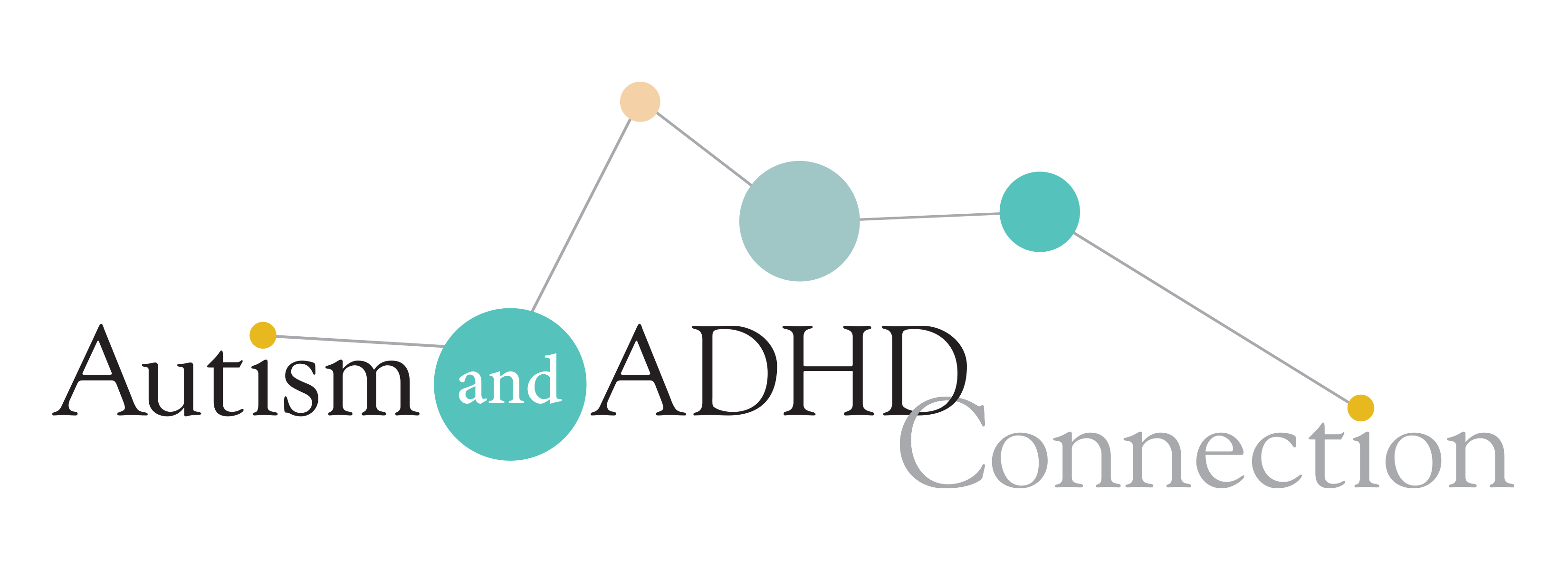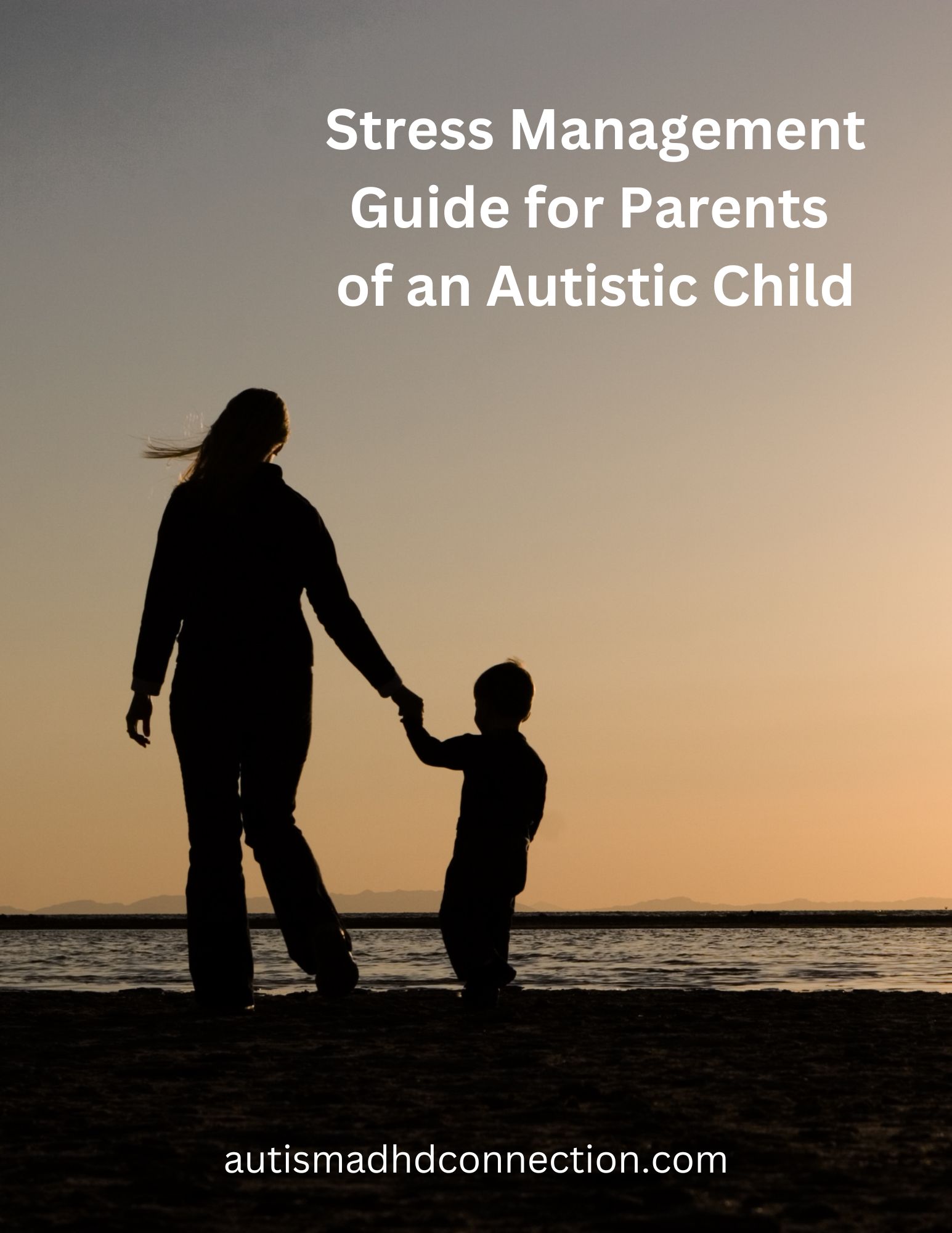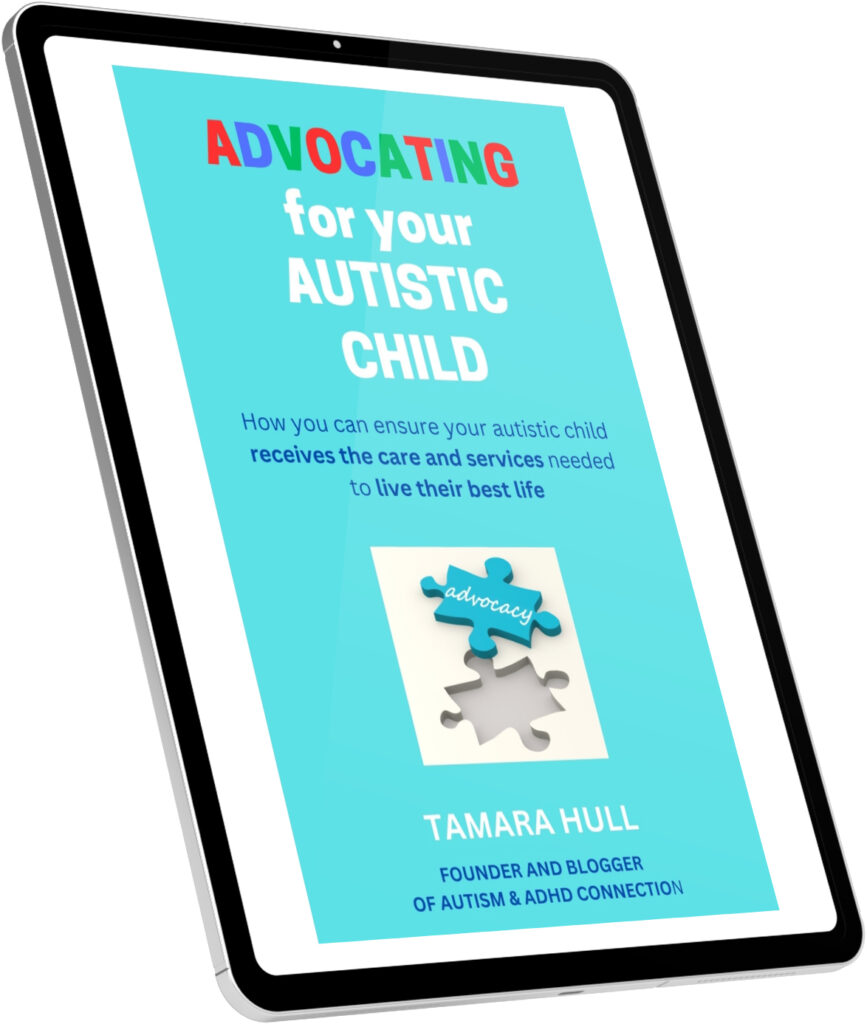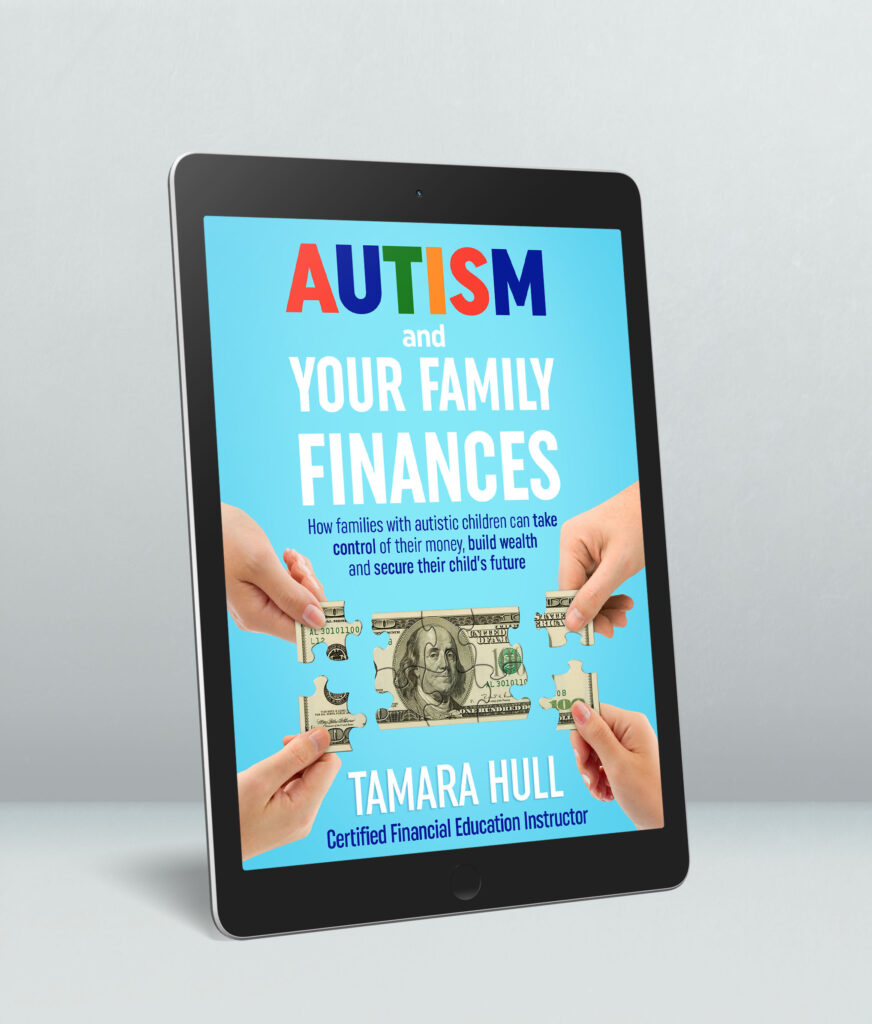Children with autism sometimes need help interacting with the environment around them, managing sensory issues and refining gross and fine motor skills. They also could need help learning how to do daily living activities. Occupational therapy can help your child with autism with these activities and more.
What is occupational therapy?
The American Occupational Therapy Association defines occupational therapy as “the only profession that helps people across the lifespan to do the things they want and need to do through the therapeutic use of daily activities (occupations). Occupational therapy practitioners enable people of all ages to live life to its fullest by helping them promote health, and prevent—or live better with—injury, illness, or disability.”
How can occupational therapy help with autism?
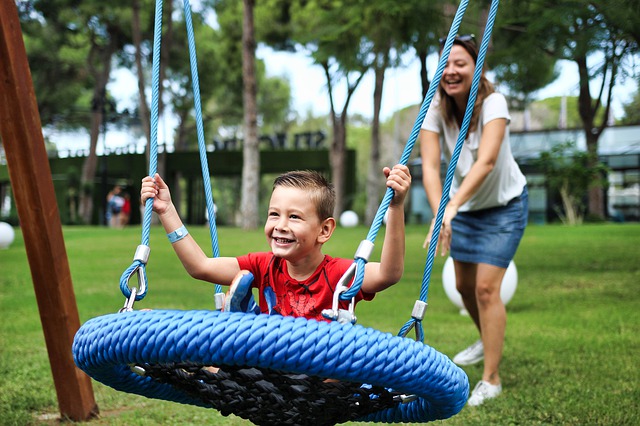
An occupational therapist can be a key member of your child’s “dream team.” Occupational therapists take a holistic look at your child, including the physical, emotional, social, cognitive and sensory perspectives.
Occupational therapy can help children with autism in a number of ways.
These can include:
- Increasing attention span
- Developing gross motor skills for activities such as riding a bike
- Enhancing fine motor skills to improve handwriting and holding/using objects like scissors
- Improving daily personal skills like brushing teeth or helping with toilet training
- Increasing body awareness to better understand personal space
- Integrating sensory therapy to improve sensitivities to sound, balance and body position
- Developing visual skills for reading and writing
- Improving coping and problem solving skills
- Increasing communication and social skills
Our experience with occupational therapy
When our son J was diagnosed with Asperger’s Syndrome (now referred to as high-functioning autism) when he was four years old, we discovered just how sensitive he was to sound. We had known that loud sounds bothered him, but we didn’t understand the extent of it. The school psychologist described it this way: the sound of a loud 747 jet taking off to us was equivalent to the sound of a loud flushing public toilet to him. That opened my eyes (and ears!) to just how sensitive his hearing was!
But we didn’t know how to help him. She suggested that we have him evaluated by an occupational therapist. His pediatrician referred him to an occupational therapist at a nearby children’s hospital.
She evaluated him and developed a plan for him for both sessions with her and an at-home plan for us. Not only did we need to work on desensitizing his hearing, but he also was a bit off balance at times. She noted that he needed input to better regulate his vestibular system. One of the ways she suggested was having him swing for a certain amount of time per day. Luckily, J was really into swinging on our playset at that time, so he loved that part of the program!
A big part of his treatment plan was something called Therapeutic Listening®. He had these special headphones that had a broader range of sound than most, and he listened to specialized CDs twice a day that worked on his brain and hearing. It was amazing because between that and the other exercises she had assigned him, it worked!
How can you find an occupational therapist?

So how can you find an occupational therapist near you? You may first want to check with your child’s primary physician. Most likely, they can refer you to one through their office.
You also can search your health plan list of in-network providers for a listing of occupational therapists near you, or you can contact your state’s occupational therapy association for recommendations. If you have a Medicaid autism waiver and occupational therapy is a covered benefit, talk to your case manager about occupational therapists who participate.
For a list of criteria of how to evaluate a therapist, see this post about how to find a good therapist and what to look for before choosing one.
Occupational therapy can help a child with autism in many ways. Has your child worked with an occupational therapist? If so, what was your experience? Share your story in the comments so we can connect and encourage one another!
